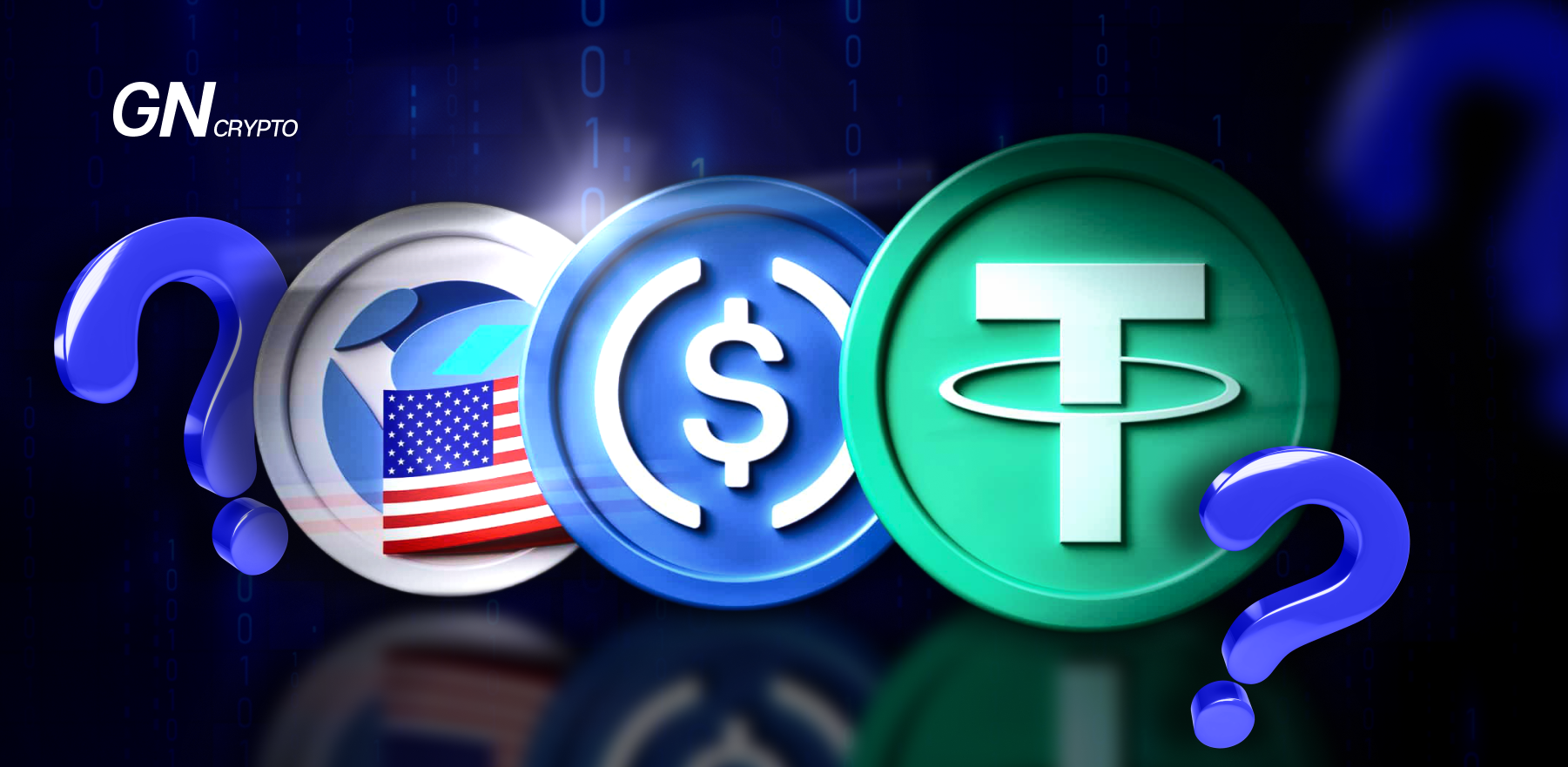Stablecoins After June 30: What to Expect

Starting in early July 2024, certain rules under the EU’s Markets in Crypto-Assets (MiCA) framework will take effect, potentially reshaping the digital asset market in the European Economic Area (EEA) and the future of stablecoins. So what to expect?
On this page
Which Stablecoins Will Be Considered Regulated?
The new regulations stipulate that only electronic money issuers (EMIs) and licensed credit institutions can conduct certain activities related to stablecoins. According to Regulation 2023/1114 of the European Parliament and Council, dated May 31, 2023, MiCA classifies stablecoins into two categories: Asset-referenced Tokens (ART), which are pegged to real assets, and Electronic Money Tokens (EMT), which are linked to fiat currencies and use blockchain technology.
ART issuers will need to obtain special authorization from the competent authority in their country of registration. EMTs can only be issued by credit institutions or e-money providers that have officially notified their national regulators about the planned issuance.
Starting June 30, only licensed EMIs and banks will have the exclusive right to issue, advertise, and list stablecoins on trading platforms. Any stablecoins issued without government approval will be considered unauthorized and will face operational restrictions.
How Will Crypto Exchanges React?
Exchanges serving European clients are likely to adopt a strategy similar to Binance. Binance representatives have stated that they “won't delist any unauthorized stablecoins on spot but will limit their availability for users only on certain products, such as launchpool and earn, and will propose alternatives with regulated stablecoins.”
The company plans a gradual transition to the new rules to avoid additional user dissatisfaction. They plan to implement general restrictions on products involving unregulated stablecoins and to use regulated stablecoins or BNB as rewards for campaigns and referrals.
Additionally, assets deemed unauthorized will need to be converted into cryptocurrency or regulated stablecoins. Users will be able to withdraw unregulated stablecoins to external addresses but will not be able to deposit them.
It is difficult to predict which companies will be recognized as regulated issuers. The process of obtaining the necessary permits is quite complex. Tether's CEO, Paolo Ardoino, believes that the new requirements will make it extremely difficult for stablecoin issuers to operate in the EU and that EMTs will be vulnerable and risky to use. However, his company is already preparing the necessary documents for European regulatory authorities.
The second-largest stablecoin, USDC, is also at risk. Although Coinbase and Circle are known for their efforts to work with U.S. regulators, they have not yet announced any measures they will take to comply with European market regulations.
Another issue is the potential shortage of regulated stablecoins to meet market demand in the coming months. Therefore, the issuer who secures the necessary approvals the fastest is likely to take a leading position.
Will the Changes Affect the American Crypto Market?
Stablecoins in the U.S. have navigated a rough and bumpy road.
On June 5, 2023, the US Securities and Exchange Commission (SEC) filed a lawsuit against Binance, accusing the exchange of illegally offering and selling BUSD, which it issued in partnership with Paxos. The SEC insisted that Binance misrepresented BUSD as an investment instrument, promising investors a fixed return for staking the asset.
At that time, Gary Gensler compared stablecoins to “poker chips in a casino” and claimed that they negatively impact the financial system.
The Commodity Futures Trading Commission (CFTC) also took action, fining Tether Limited $41 million for “making untrue or misleading statements and omissions of material fact in connection with the U.S. dollar tether token (USDT) stablecoin.”
The SEC has filed lawsuits against Terraform Labs and its founder Do Kwon for offering and selling TerraUSD. Charges of using stablecoins for fraudulent schemes also appeared in court documents related to Voyager Digital Assets Inc. and Celsius Network LLC.
In July 2023, a bill for regulating stablecoins was introduced in the U.S. Senate. It excludes these assets from the definition of securities under the securities laws but restricts their issuance to organizations that have received approval from the Federal Reserve, or applicable state regulatory authority. Non-bank issuers will need to meet requirements similar to those of banks, including capital size, liquidity, and risk management.
Therefore, it can be assumed that the U.S. Congress will soon also attempt to tighten control over stablecoins, traditionally explaining this as a measure to protect investors.
The content on The Coinomist is for informational purposes only and should not be interpreted as financial advice. While we strive to provide accurate and up-to-date information, we do not guarantee the accuracy, completeness, or reliability of any content. Neither we accept liability for any errors or omissions in the information provided or for any financial losses incurred as a result of relying on this information. Actions based on this content are at your own risk. Always do your own research and consult a professional. See our Terms, Privacy Policy, and Disclaimers for more details.

























